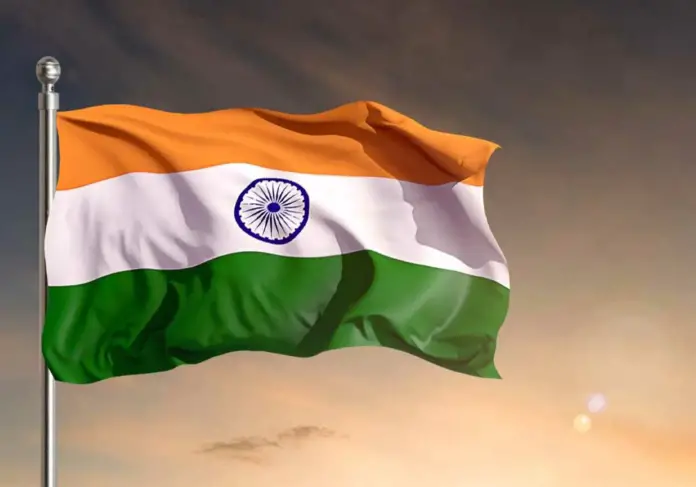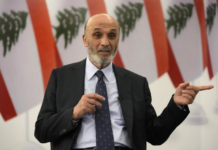India’s mammoth election, heralded as the world’s largest, kicked off as Prime Minister Narendra Modi vied for an unprecedented third term in office. The battleground set Modi’s Bharatiya Janata Party (BJP) against a formidable alliance of two dozen opposition parties, each armed with promises of growth, welfare, and the preservation of democratic institutions amid concerns of Hindu nationalism.
Spanning nearly one billion voters, the election unfolded across seven phases, culminating in vote counting on June 4. The first phase, encompassing 166 million voters across 102 constituencies, underscored the nation’s diverse concerns, from economic woes like unemployment and inflation to broader issues of rural distress.
Modi’s campaign, titled “Modi Ki Guarantee,” emphasized a leader-centric approach, highlighting his past achievements and pledges for future prosperity. While BJP’s narrative focused on economic growth, poverty reduction, and pro-people initiatives, the opposition INDIA alliance accused the government of neglecting core issues like unemployment and price rises.
The election also spotlighted tensions around Hindu nationalism, with critics alleging discrimination against minorities, particularly Muslims. However, the BJP’s narrative pivoted on showcasing achievements such as India’s lunar mission and combating corruption.
Despite challenges that could have fueled anti-incumbency sentiments, a fragmented opposition struggled to harness discontent effectively. Chandrachur Singh, a political analyst, noted the BJP’s clear edge but acknowledged the presence of significant challenges and disillusionment among voters.







